Hey there vintage & fashion lovers and HAPPY MONDAY!!!!
It’s officially day 5 of New York City Fashion Week!!! If you haven’t caught wind of the excitement for Spring/Summer 2012 trends yet, you can see the shows so far on Style.com and also stream them live thanks to YouTube’s Livestream Runway Channel.
So here’s the thing about trends, vintage lovers — everything that exists today is thanks to influences from the past. Sure, there is a novel idea or two embraced on the runway. Creativity is not owned, but rather collaborated upon in order to manifest originality. So while today’s designers are taking cues from their own style experiences, these day-in-and-day-out reflections of fashion have roots in that which has come before.
In other words: What goes around, comes around …!
Which is why this week is devoted to the connection of the past to the present and as we see on the runways this week: THE FUTURE.
I’ve been busy preparing for a new episode of Sammy Davis Vintage on YouTube that shows you dresses as designed by designers who are no longer with us. These are the pieces of the most notable names in fashion who in their lifetimes meticulously controlled what debuted to the fashion public.
Today these “big names” are run by those who design to represent that brand … and no longer the person. While the heritage of the brand remains, you can argue that “vintage” versions of [insert designer here] are undoubtedly better.
So to share some of what I’ve learned in my research, I wanted to profile three dead designers who still have collections on the runways today.
Keep reading after the jump to learn more about All-American Bill Blass, happenin’ hottie Halston and industry icon Yves Saint Laurent. Plus, vintage fashion show footage thanks to YouTube!
When I was just a young thing at 20 years old, I was recruited to work backstage at Fashion Week for the fall/winter 2006 collection showings. I worked as an assistant to a photographer from London who took me backstage to snap pictures of models, designers and famous people milling about.
I can remember it like it was yesterday: In one circumstance, I saw a swarm of people surround a fairly short woman. So I pulled Steve [the photographer] to her and in the flash of an eye, put my flash reflector below her face so that he could snap her picture. I had no idea who she was in the moment, until I looked at her face as Steve snapped away … it was CARMEN ELECTRA!
Oh the stories .. the glitz … the glam … the FASHION! It’s an industry that with the right perspective, can always be fun, fearless and 100 percent you. Enjoy today’s post vintage lovers for some rewind-the-times inspiration and vintage designer know-how. And let me know what you think by commenting on the post, sending me a Tweet or saying HELLO! on Facebook!
Until tomorrow!
xx, SD
BILL BLASS: THE ALL-AMERICAN
THE DESIGNER: Bill Blass
BORN: 1922
DIED: 2002
BRAND FOUNDED: 1970
BRAND HIGHLIGHTS: Bill Blass was All-American with a capital “A.” Born in Indiana, he saved up enough money by the time he was 17 to move to Manhattan and make it in fashion — which, thanks to his years of sketching and love of Hollywood glamour cultivated as a child — he certainly did.
Blass attended Parson’s School of Design and from there, worked under fashion designers until launching his namesake in 1970. During a time when other designers were creating works of art for the runway, Bill Blass understood the female need of the time for practical sportswear that translated from day to evening well.
His brand blossomed in the ’80s when more and more women were turning to the workforce and in need of a wardrobe which satisfied their changing roles in society.
WATCH THE VINTAGE RUNWAYS: Bill Blass Fall 1985
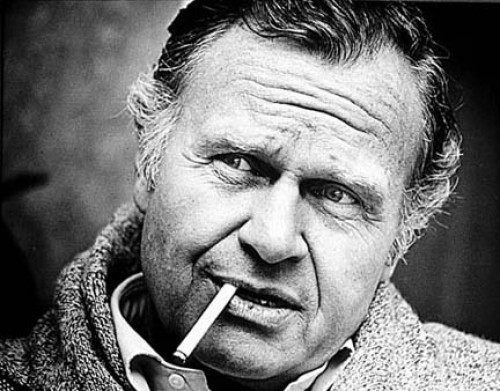
HALSTON: THE ’70s HOTTIE
THE DESIGNER: Roy “Halston” Frowick
BORN: 1932
DIED: 1990
BRAND FOUNDED: 1957 (as a hat brand)
BRAND HIGHLIGHTS: Halston hit the fashion mainstream after designing Jacqueline Kennedy’s famous pillbox hat which she wore to the presidential inauguration in 1961. While his fashion expertise originated in his millinery skills, Halston began designing glamorous & chic womenswear for the “everyday woman” in the ’70s.
While the ’70s was an opulent time of glitz & glam — and Halston himself a frequent party animal at Studio 54 and other legendary discotheques of the period — Halston’s designs were elongating elegance marked with asymmetrical and other strong cuts and solid colors.
His most famous design and arguably the second most famous “dress invention” of the period next to Diane Von Furstenberg’s wrap dress was the “Ultrasuede” shirtdress which came in a variety of colors and was machine washable, a modern convenience for the time.
He was famous not only for partying with the stars, but for dressing them: Bianca Jagger was one of his most famous customers & muses. He even threw a birthday party for her at Studio 54 in 1977, in which she’s famously adorned in a Halston hooded dress that was re-introduced for the Fall 2011 season last Fashion Week.
WATCH THE FALL 2011 RUNWAYS: Halston Fall/Winter 2011
Halston (left) with Bianca Jagger at her famous Studio 54 birthday bash. Note the resemblance in hoods between then (1977) and now (fall/winter 2011 Halston collection).
YSL: THE INDUSTRY ICON
THE DESIGNER: Yves Saint Laurent
BORN: 1936
DIED: 2008
BRAND FOUNDED: 1962
BRAND HIGHLIGHTS: Algeria-born designer Yves Saint Laurent moved to Paris when he was 17, where he enrolled in fashion school with — who would have known? — Karl Lagerfeld as a fellow student. Both won awards for their designs while enrolled and would gain equal fame with their designs as brand developers years later.
Noted for his design genius, Laurent was recruited to work under Christian Dior until his untimely death in 1957. He would go on to manage the brand as head creative designer until he was let go in 1960 following his decision to enroll in the military. While I can’t find research explaining “why” he chose to leave the label for a short-lived military stint, I can conclude that had he not followed his compulsions he may not have launched his own brand as soon as he did in 1962.
In his heyday of ’60s fashion and ’70s style, YSL was known best for making masculine styles appropriate for the female form. We can all bow to YSL in thanks for designing the women’s version of the tuxedo “smoking” jacket & pantsuits in 1966. As the story goes, a woman was banned from dining at The Plaza Hotel in the late ’60s because she was wearing a YSL pantsuit and not the more standard female suiting of a dress.
He found creative freedom in pieces not socially accepted for women of the times just yet. He arguably was a non-conventional designer because he created his own trends and decided what was appropriate for women to wear, no matter the social conventions of the time.
He democratized fashion couture for the real woman by introducing a ready-to-wear line in 1971 while other French couturiers were still designing haute couture. Again, he stepped away from the assumptions of the time to create the brand that represented what he wanted to offer women most: confidence.
WATCH THE VINTAGE RUNWAYS: YSL on the Runways in the ’80s
MORE ’60s FASHION HISTORY
TRENDS: How Trends of Today Were Influenced by the ‘60s
PICTURES: Photos of ’60s Fashion from McCall’s Magazine
HOW-TO: Style a Drop Waist Dress from the 1960s
SPRING: Everything You Wanted to Know About ’60s Spring Dresses
STYLE: Your Easy Guide to ‘60s Bathing Suits
PLUS: ‘70s FASHION HISTORY
CELEBS: The 70’s Clothing Trends you can wear today
CELEBS: The Influences of ‘70s Celebs on Fashion Part I
CELEBS: The Influences of ‘70s Celebs on Fashion Part II
VIDEO: How I Styled a ‘70s Maxi Dress at the Manhattan Vintage Show
LOOKBOOK: How to Wear a ‘70s Pleated Plaid Skirt and ‘70s Velvet Shorts Styled for Today
PLUS: Why Midi Skirts Angered Women in the ‘70s

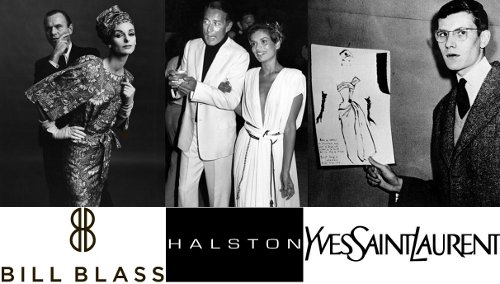
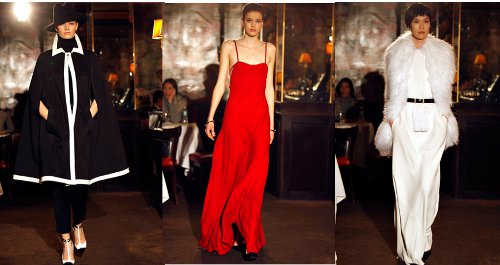
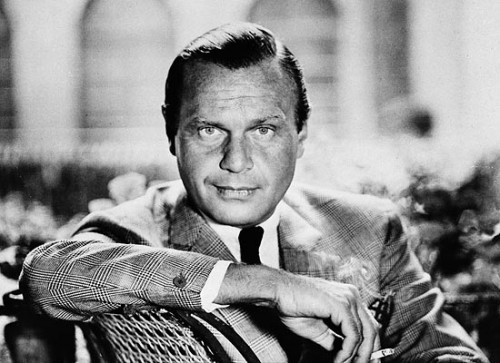
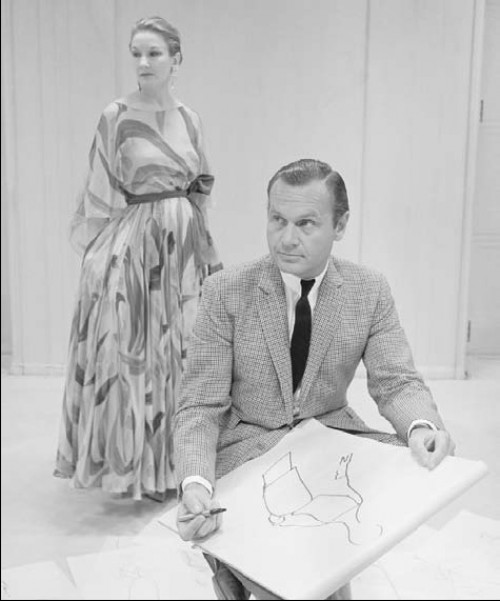
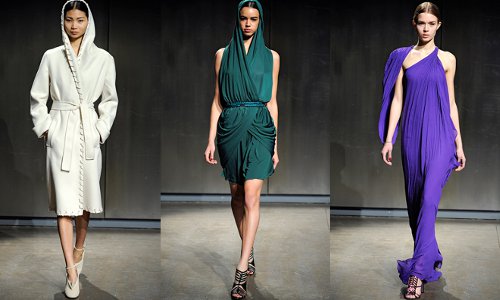
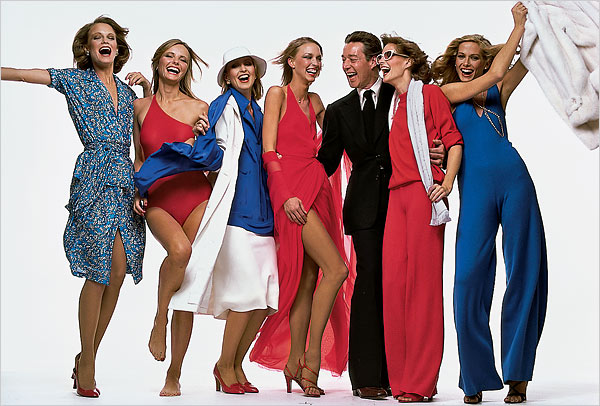
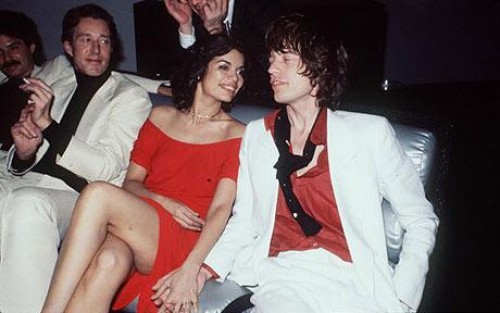
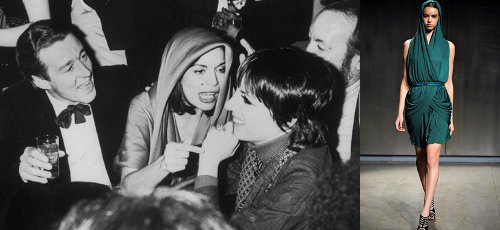
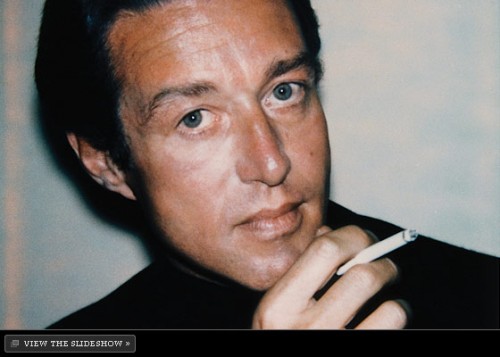
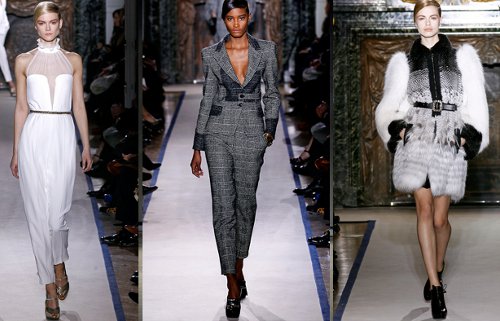
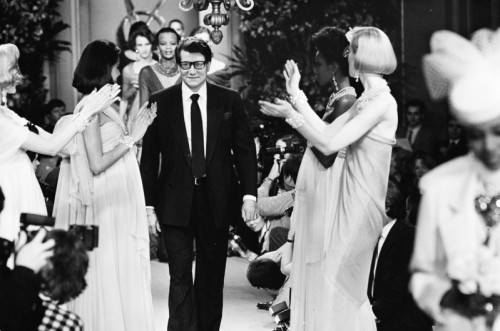
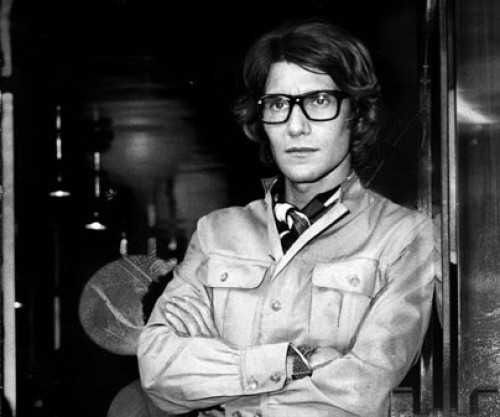
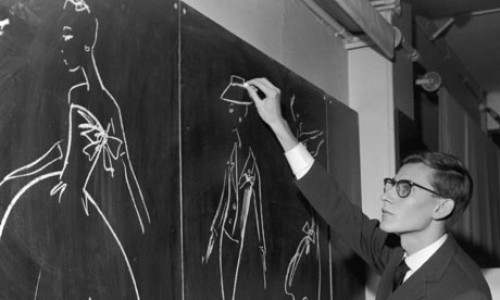
I love the photography featured. Especially of Bill Blass. It reminds me why digital will never speak at much as film.